After our pilgrimage to the Chapel of Our Lady of the Miraculous Medal, we made the somewhat long, 1.8-km. walk, via Rue de Sèvres and Boulevard des Invalides, to the National Residence of the Invalids, also called L’Hôtel des Invalides. While some distance away, we could already espy its elegant golden cupola.
Check out “Chapel of Our Lady of the Miraculous Medal“
One of the most prestigious monuments in Paris, this complex of buildings, in the 7th arrondissement, contains museums (Musée de l’Armée, the military museum of the Army of France, the Musée des Plans-Reliefs and the Musée d’Histoire Contemporaine) and monuments, all relating to the military history of France, as well as a hospital and a retirement home for war veterans (invalides), the building’s original purpose.
The building retained its primary function as a retirement home and hospital for military veterans until the early twentieth century. Because of its location and significance, the Invalides was also the scene of several key events in French history.
L’Hôtel des Invalides had its beginnings in 1670 when Louis XIV, by an order dated November 24, initiated the hôpital des invalides, a home and hospital for aged and unwell soldiers. Designed by architect Libéral Bruant, it was built on the then suburban plain of Grenelle (plaine de Grenelle) and, by the time it was completed in 1676, the front facade facing the Seine River was 196 m. (643 ft.) long.
The complex had 15 courtyards, the largest being the cour d’honneur (“court of honor”) which was used for military parades. The veterans’ chapel, known as Église Saint-Louis des Invalides, was also designed by the aged Bruant, assisted by Jules Hardouin Mansart, and finished in 1679.
Louis XIV’s separate private royal chapel, referred to as the Église du Dôme (Domed Church), was designed and built by Mansart and was completed in 1708. One of the triumphs of French Baroque architecture, this royal chapel is centrally placed to dominate the court of honor.
Its Baroque dome was inspired by St. Peter’s Basilica in Rome and was built between 1677 and 1706 to glorify Louis XIV, the monarchy and his armies. Mansart raised its drum, with an attic storey over its main cornice, and employed the paired columns motif in his more complicated rhythmic theme. On 14 July 1789, during the French Revolution, Les Invalides was stormed by Parisian rioters and the cannons and muskets stored in its cellars were seized for use against the Bastille later that same day. The royal chapel was later renamed as the Temple de Mars.
During the reign of Napoleon Bonaparte, it became a military pantheon with the installation of the tomb of Henri de la Tour d’Auvergne, Vicomte de Turenne (better known as Turenne), one of the most famous marshals of France, in 1800 and, on May 26, 1808, had the heart (his other remains were scattered during the French Revolution) of Sébastien Le Prestre de Vauban , designer of Louis XIV’s military fortifications, transferred, from his grave in Bazoches, to a mausoleum erected opposite Turenne’s, both under the dome.
On December 15, 1840, remains of Napoleon himself was brought back to France, from the island of St. Helena (an event known as le retour des cendres or “return of the Ashes”and arranged by King Louis-Philippe) and first buried in the Chapelle Saint-Jérôme (Chapel of St. Jerome) in the Invalides until his final resting place, designed by Louis Visconti, was finished. On April 2, 1861, Napoleon was finally interred in a porphyry sarcophagus in the circular crypt under the dome.
On January 5, 1895, the degradation of Capt. Alfred Dreyfus was held before the main building, while his subsequent rehabilitation ceremony took place on July 21, 1906 in a courtyard of the complex. During the second half of the 20th century, after the destruction of small back buildings and the creation of a peripheral gap, the entire site of the Hôtel National des Invalides was opened to the public.
In 1981, a huge restoration project, under the instigation of an interdepartmental commission co-directed by Ministries of Defense and Culture, was undertaken to restore the former splendor of this exceptional site. In 1989, 12 kgs. (20 lbs.) of gold (550,000 leaves) were used to regild the dome and details at the walls for the bicentenary of the French Revolution.
The Greek Cross-shaped Les Invalides has a beautiful facade with Doric and Corinthian columns, two colossal marble statues of Charlemagne (by Charles Antoine Coysevox) on the right and St. Louis holding the Crown of Thorns (by Nicolas Coustou) on the left decorate the niches of the lower levels and on the level above, on the corner of the balustrade, stand the Four Virtues (also done by Coysevox) – Strength, Justice, Temperance and Prudence. Two colossal marble sculptures flank the entrance to l’Église du Dôme. Inside are 9 chapels and niches plus a high altar area covered by a baldachin. The sides each have 3 chapels where the tombs are.
Upon entering, I was awed by the interior of the 107 m. (351 ft.) high, ribbed and hemispherical dome, the second tallest in Paris, after the Pantheon, and another unmissable monument in the Parisian landscape. Painted by Charles de La Fosse, Charles Le Brun’s disciple, and completed in 1705, its main feature was the Baroque illusion of space (sotto in su) when seen from below. The 50 ft. diameter symbolic painting on the cupola and the pendentives depicts St. King Louis IX wearing his royal robes, entering into glory, amidst angels, and giving to Christ the sword he used to triumph over Christianity’s enemies.
Check out “Pantheon (Paris)“
Underneath the lavishly-decorated dome is a balustrade with a large space that looks down into the crypt where Napoleon’s huge porphyry tomb resides. We entered the crypt via a staircase behind the altar that leads to a heavy bronze door forged from cannons taken during the Battle of Austerlitz. The door is flanked by two statues and above the lintel is an inscription extracted from Napoleon’s will (“I wish my ashes to rest on the banks of the Seine among the people of France whom I so much loved“).
Built on a pedestal of green granite from the Vosges Region, the sarcophagus was sculpted from blocks of red quartzite from Russia and is surrounded by a laurel crown and inscriptions referring to the Empire’s great victories. Inside the sarcophagus is a nest of six coffins: one made of soft iron, another of mahogany, two others of lead, one of ebony and finally the last one of oak. Napoleon is dressed in his Colonel’s uniform (of the cavalry of the Guard) which bears his sash of the Légion d’Honneur. His hat rests on his legs.
Around the tomb and mounted up against the pillars of the crypt are 12 “Victories,” symbolizing Napoleon’s military campaigns, sculpted by James Pradier. Inscribed on the polychrome marble floor are his 8 famous victories – Austerlitz, Friedland, Jena, Marengo, Moscow, Pyramids, Rivoli and Wagram. Within the circular gallery are a set of 10 white marble bas-reliefs sculpted by Pierre-Charles Simart, depicting the main achievements of his reign – pacification of the nation, administrative centralization, State Council, Civil Code, Concordat, Imperial University, court of accounts, code of commerce, Major Works and the Legion of Honor.
Halfway along the gallery is a vault containing the coffin of his son Napoleon II (though his heart and intestines remained in Vienna), the King of Rome also known as l’Aiglon, transferred here on December 15, 1940, and placed under a marble slab in the crypt on December 18, 1969. Over the tomb stands a statue, by Simart, of Napoleon as a Roman emperor clad in the symbols of the Empire.
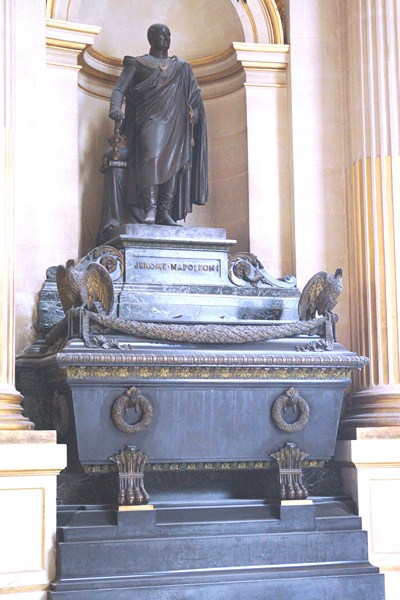
Tomb of Jerome Napoleon, the youngest brother of Napoleon I who reigned as Jerome I (formally Hieronymus Napoleon in German), King of Westphalia, between 1807 and 1813. From 1816 onward, he bore the title of Prince of Montfort. After 1848, when his nephew, Louis Napoleon, became President of the French Second Republic, he served in several official roles, including Marshal of France from 1850 onward, and President of the Senate in 1852.
Two side chapels contain the tombs of Joseph Bonaparte (Chapel of St. Augustine) and Jérôme Bonaparte (Chapel of St. Jerome ), the eldest and youngest brothers, respectively, of Napoleon.
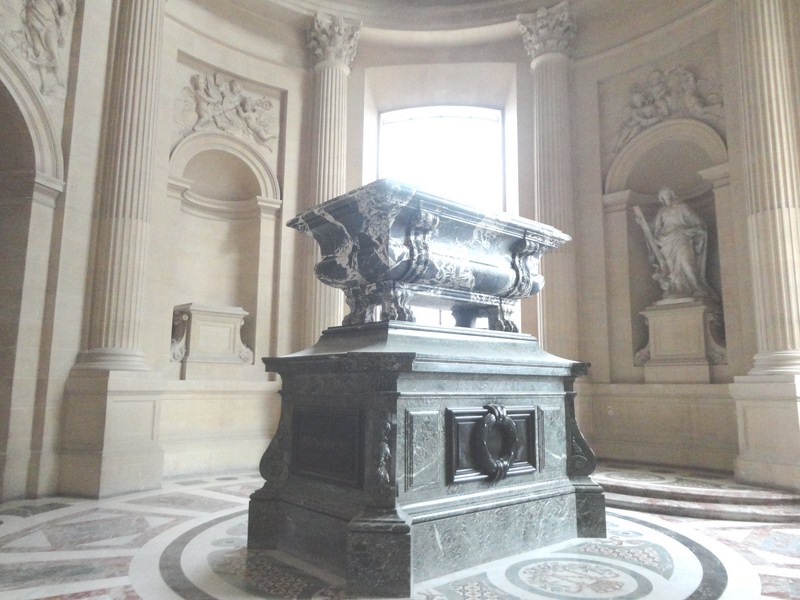
Tomb of Joseph Bonaparte, the older brother of Napoleon Bonaparte who made him King of Naples (1806–1808, as Giuseppe I), and later King of Spain (1808–1813, as José I). After the fall of Napoleon, Joseph styled himself Comte de Survilliers.
The gilt bees on the walls of the chapel of Saint-Jerôme serve to remind visitors that the Emperor’s coffin lay here while the crypt was being built. Several military officers who served under Napoleon (Henri Gratien, Comte Bertrand and Geraud Duroc) are also buried at Les Invalides, all alongside Napoleon’s tomb.
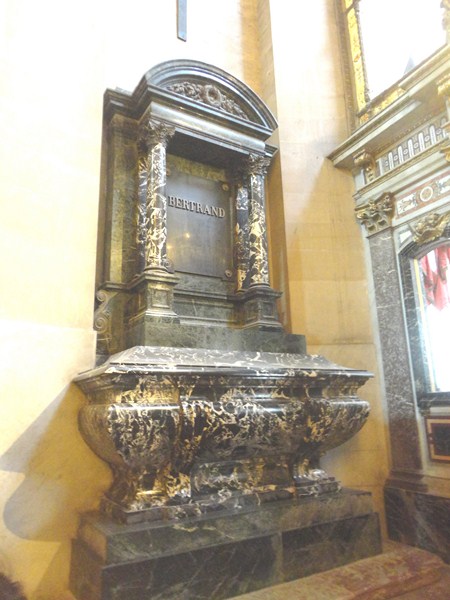
Tomb of Henri Bertrand (March 28, 1773 – January 31, 1844), a French general life whose life was closely bound up with that of Napoleon, who had the fullest confidence in him, honoring him in 1808 with the title of count and at the end of 1813, with the title of Grand Marshal of the Palace. During the expedition to Egypt, Napoleon named him colonel (1798), then brigadier-general, and after the Battle of Austerlitz his aide-de-camp.
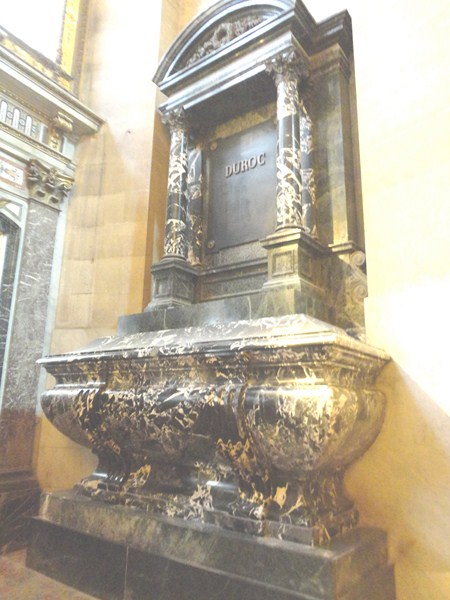
Tomb of Geraud Duroc (October 25, 1772 – May 23, 1813), a French general noted for his association with Napoleon. His devotion to him was rewarded by complete confidence. He became first aide-de-camp (1798), general of brigade (1800), and governor of the Tuileries. After the battle of Marengo, he was sent on missions to Vienna, St Petersburg (Russia), Stockholm and Copenhagen. He also served as Grand Marshal of the Palace. After the Battle of Austerlitz, where he commanded the grenadiers and was employed in a series of important negotiations with Frederick William III of Prussia, with the elector of Saxony (December 1806), in the incorporation of certain states in the Confederation of the Rhine, and in the conclusion of the armistice of Znaim (July 1809). In 1808, he was created duc de Frioul.
Aside from Turenne, other Marshals of France buried here include Thomas Bugeaud (conqueror of Algeria); François Certain Canrobert (commanded the III Army Corps in Lombardy in 1859 during the Second Italian War of Independence, distinguishing himself at Magenta and Solferino); Ferdinand Foch (Allied Supreme Commander in the First World War); Philippe Leclerc de Hauteclocque (commander of the famous 2nd Armored Division during World War II); Hubert Lyautey (dubbed the “Maker of Morocco” and the French empire builder) and Jean de Lattre de Tassigny ( commander of the French First Army during World War II and later commander in the First Indochina War).
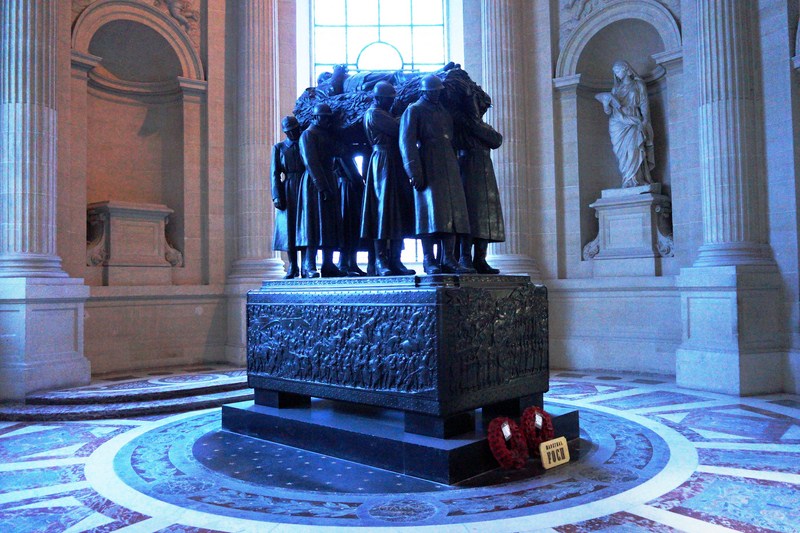
Tomb of Ferdinand Foch (October 2, 1851 – March 20, 1929), a French general and military theorist who served as the Supreme Allied Commander during the First World War, successfully coordinating the French, British and American efforts into a coherent whole. Deftly handling his strategic reserves, he stopped the German offensive and launched a war-winning counterattack.
Army captain Claude Joseph Rouget de Lisle (author of France‘s national anthem, La Marseillaise), Antoine Marie-Roger de Saint-Exupery (author of “The Little Prince”) and Pierre Auguste Roques (founder of the French Air Force and Minister of War in 1916) are also buried here.
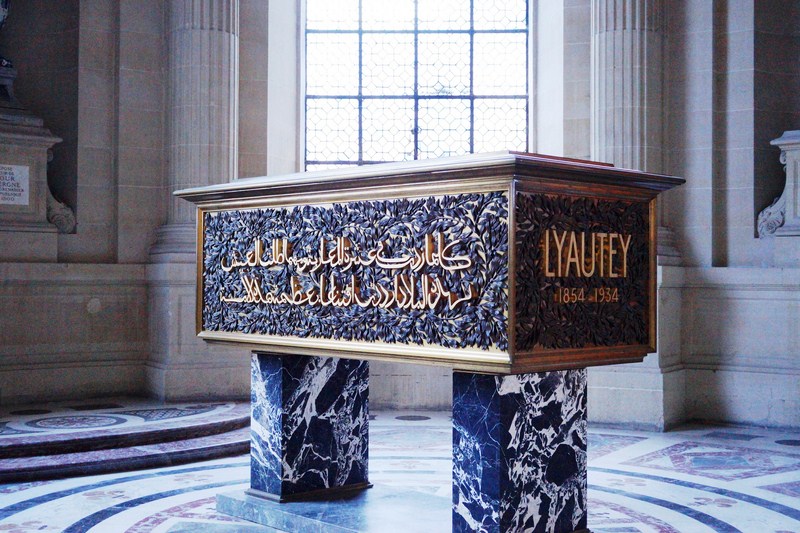
Tomb of Hubert Lyautey (November 17, 1854 – July 27, 1934), a French Army general and colonial administrator who, after serving in Indochina and Madagascar, became the first French Resident-General in Morocco from 1912 to 1925. Early in 1917, he served briefly as Minister of War and, from 1921, was a Marshal of France. He was dubbed the French empire builder and, in 1931, made the cover of Time.
Vauban’s monument, in the Chapel of St.-Theresa, replaced by a black marble coffin made by the sculptor Antoine Etex in 1808, depicts Vauban semi-recumbent, holding a compass and meditating on his writings. He is surrounded by the veiled figure of Science and the figure of War wearing a helmet. On top of the coffin is an obelisk surrounded by flags and standards. On the base is an inscription and a bas-relief referring to Vauban’s project for a royal tithe and celebrating the political and reformatory aspect of Vauban’s work.
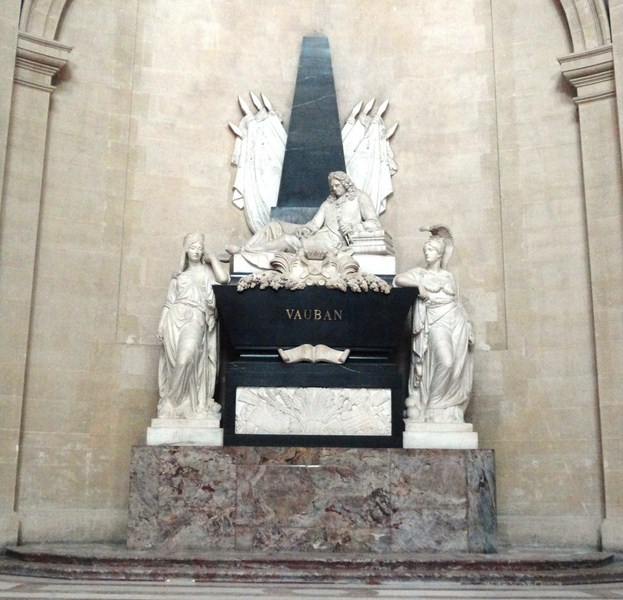
Tomb of Sebastien le Preste de Vauban (May 1, 1633 – March 30, 1707), a French military engineer who served under Louis XIV who is generally considered the greatest engineer of his time, and one of the most important in Western military history. His principles for fortifications were widely used for nearly 100 years, while aspects of his offensive tactics remained in use until the mid-twentieth century.
Turenne’s monument shows the Marshal General of France, under Louis XIV, expiring in the arms of Immortality, who crowns him with laurels, as she lifts him to Heaven. At the marshal’s feet is an eagle, representing the Holy Roman Empire, over which he had several victories.

Tomb of Turenne (September 11, 1611 – July 27, 1675), a French general and one of only six Marshals to have been promoted Marshal General of France. The most illustrious member of the La Tour d’Auvergne family, his military exploits over his five-decade career earned him a reputation as one of the greatest military commanders in modern history.
From the Dome Chapel, we moved on to the main courtyard which is is the central area of the Hôtel National des Invalides. Many events unfolded here and a large part of the artillery collections of the Army Museum (musée de l’armée) is displayed here. The Army Museum has one of the most impressive collections of artillery pieces. It had its beginnings in 1872 when the musée d’artillerie (Artillery Museum), whose collections were gathered together during the Revolution, was located within the building. Later, in 1896, it was joined by the musée historique des armées (Historical Museum of the Armies). In 1905, the two institutions were merged to form the present musée de l’armée.
At the Main Courtyard, we were presented an exceptional array of 60 French classical bronze cannons, jewels of the artillery collections of the Army Museum, plus a dozen howitzers and mortars. Tracing 200 years of the history of French field artillery, we discovered how these pieces were manufactured, their roles and the epic of great French artillerymen.
The first models of French classical cannons, along with a few adaptations, were developed by the Keller brothers in 1666. These highly popular, large-caliber cannons were used in sieges against fortified towns during the wars of Louis XIV and made the successes of Vauban possible.
In 1732, a royal ordinance laid down by regulations that cannons be decorated with heraldic and mythological ornamentations. A series of 30 of these prestigious cannons are on display.
From 1764, French classical cannons were replaced by cannons of the Gribeauval system (named after its creator) This new, easier to handle and better organized artillery excelled during the revolutionary and imperial wars. Napoleon Bonaparte, who trained as an artilleryman, was able to put it to wonderful use, notably during the two Italian campaigns and the battles of Friedland and Wagram. From 1825 onwards, the Valée systems succeeded the Gribeauval system. The cannons of the two systems were more functional and had fewer decorations than French classical cannons.
Eight mortars, made for the sieges of the revolutionary and imperial wars, were also on display while, on exhibit at the corners of the courtyard, are two large howitzers, designed to bombard Cadiz, when the French army besieged this city in 1810. The howitzers could fire shells from a distance of nearly 6 kms., an unprecedented achievement at that time.
Hôtel National des Invalides: 129 rue de Grenelle 75007 Paris, France. Tel: +33 (0)1 44 42 37 72. Fax: +33 (0)1 44 42 35 14. E-mail: infos-ma@invalides.org. Website : www.invalides.org.
Open daily, October 1 to 31 and March (10 AM to 5 PM), April 1 to September 30 (10 AM to 6 PM). Closed every first Monday in the month, January 1, May 1, September 1 and December 25.
Dome and tomb have same opening times but is accessible from 10 AM to 7 PM from June 15 to September 15. Admission: €9,5.
How to Get There: By Metro (Line 8, Invalides station), RER (Line C, Invalides station), buses 28, 49, 63, 69, 82, 87, 92.


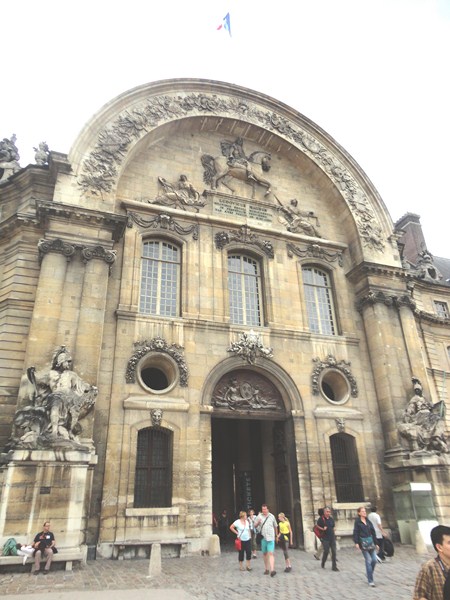
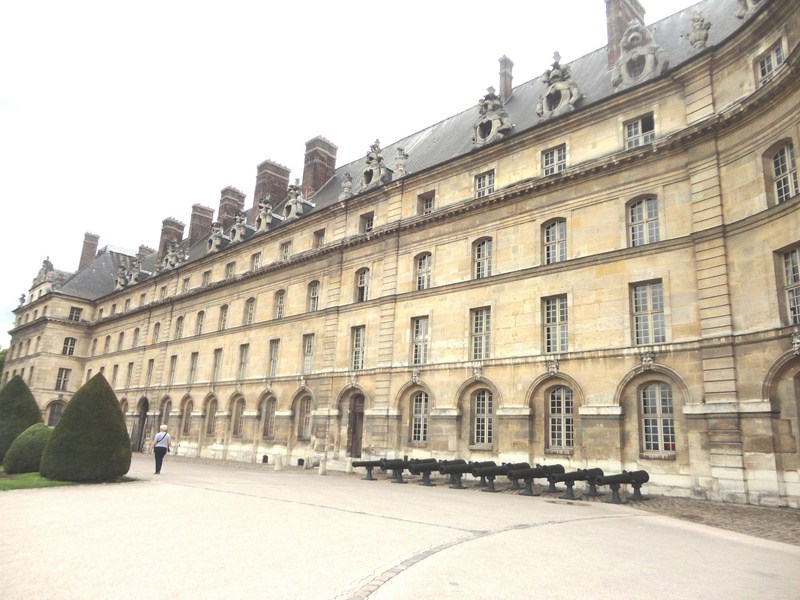
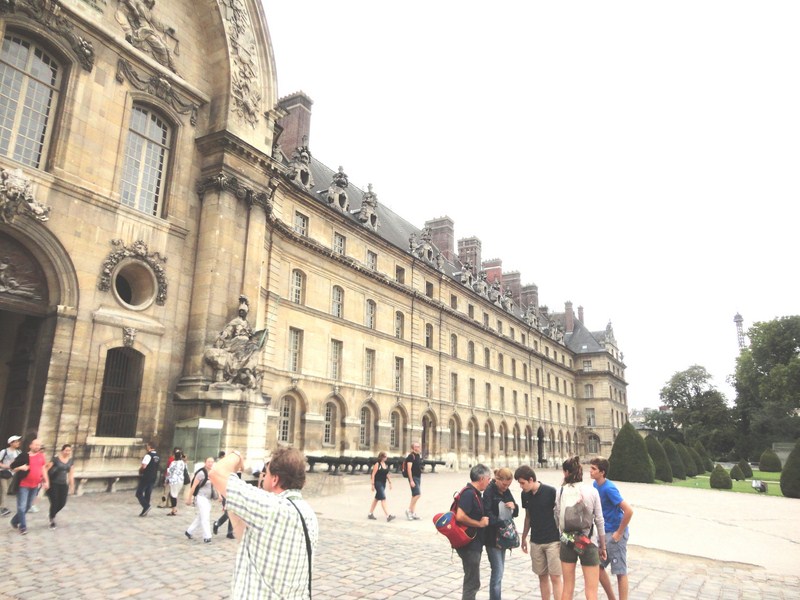
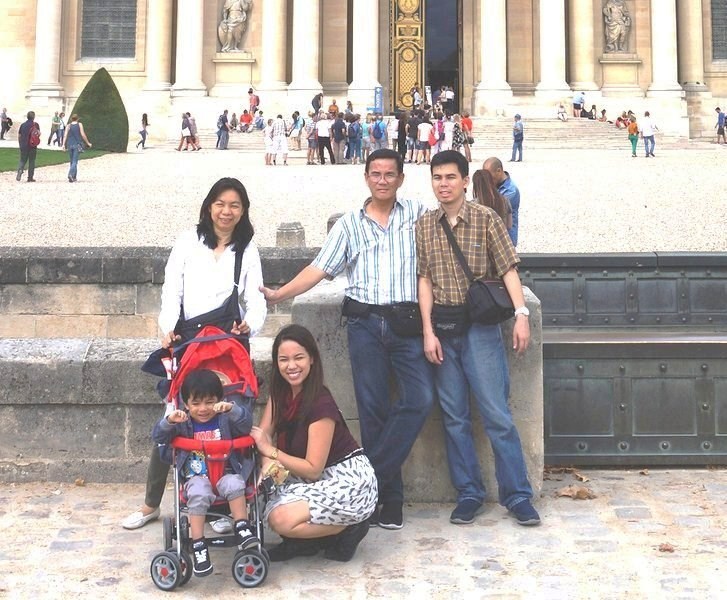
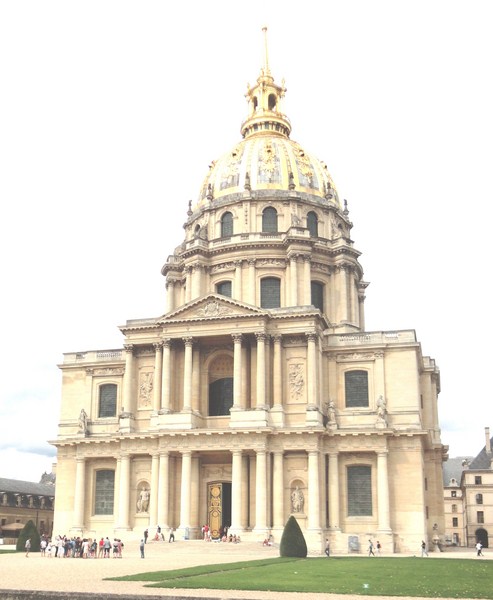
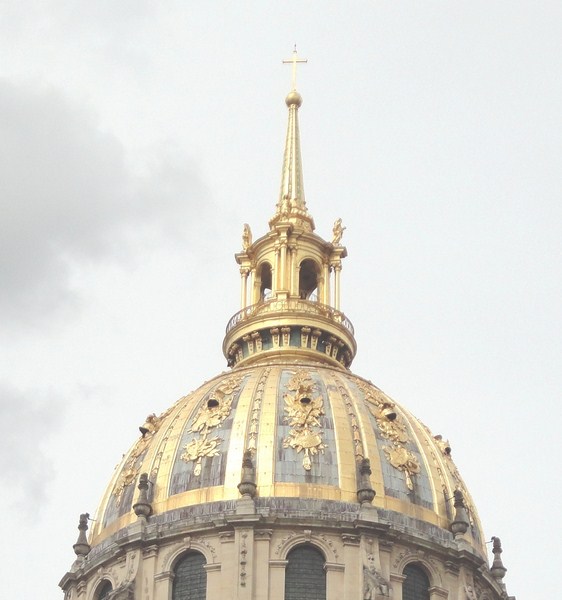
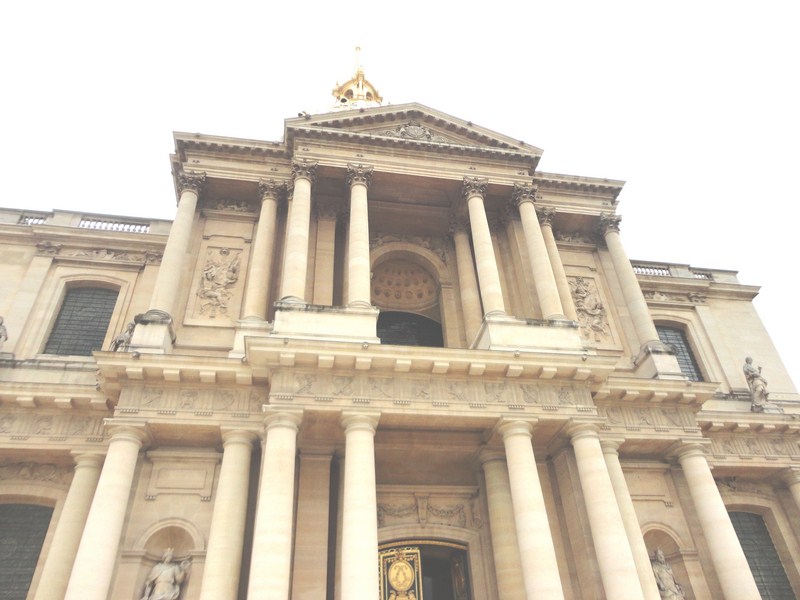
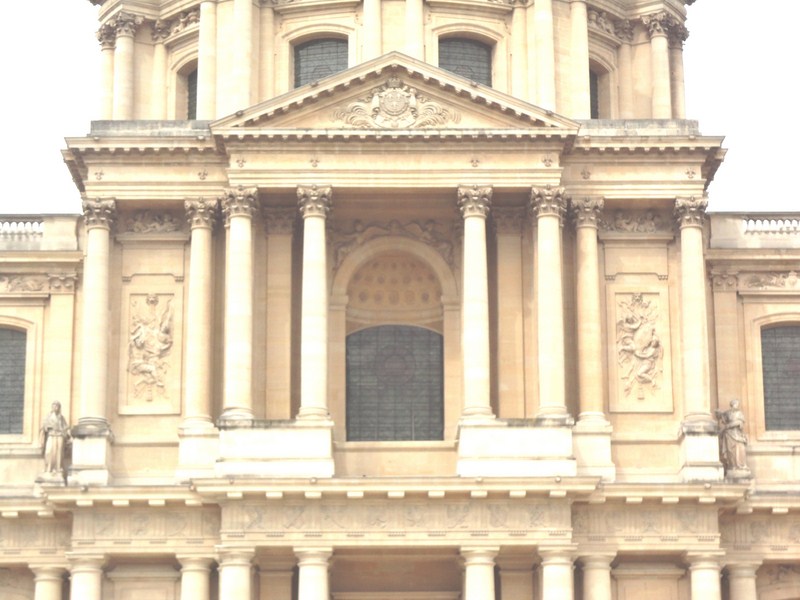
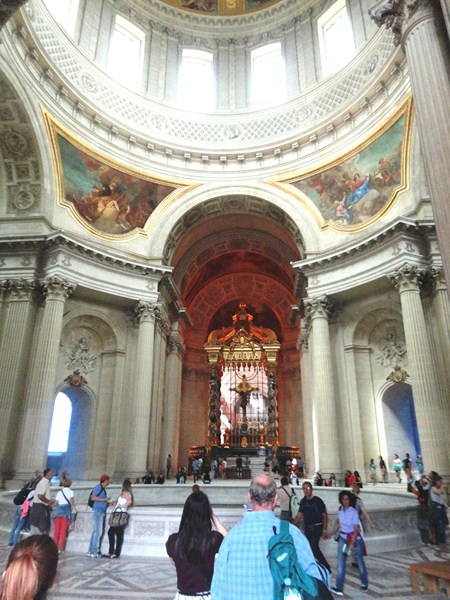
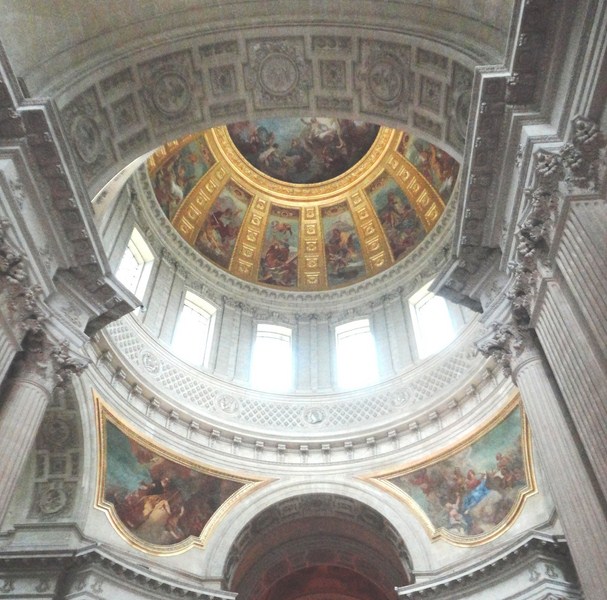
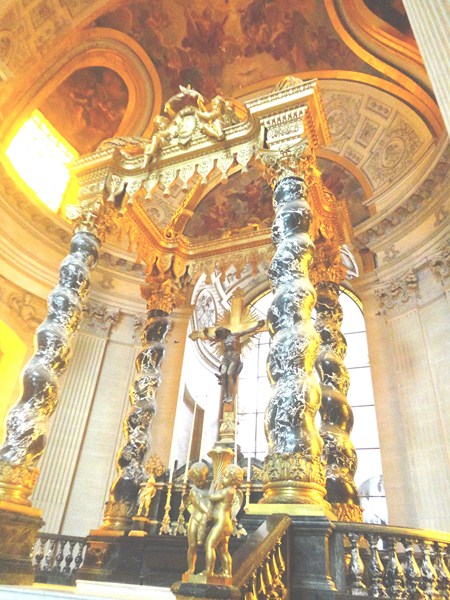
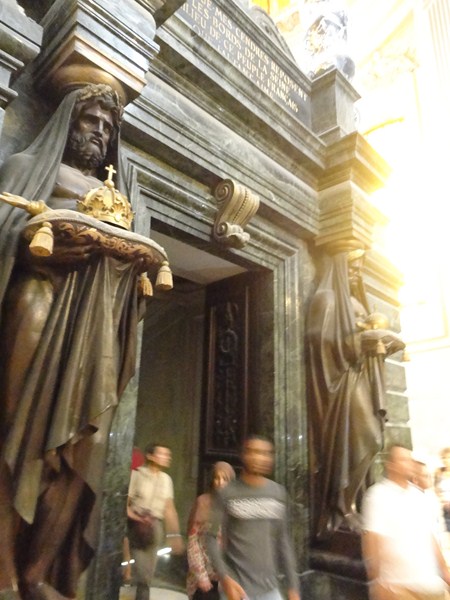
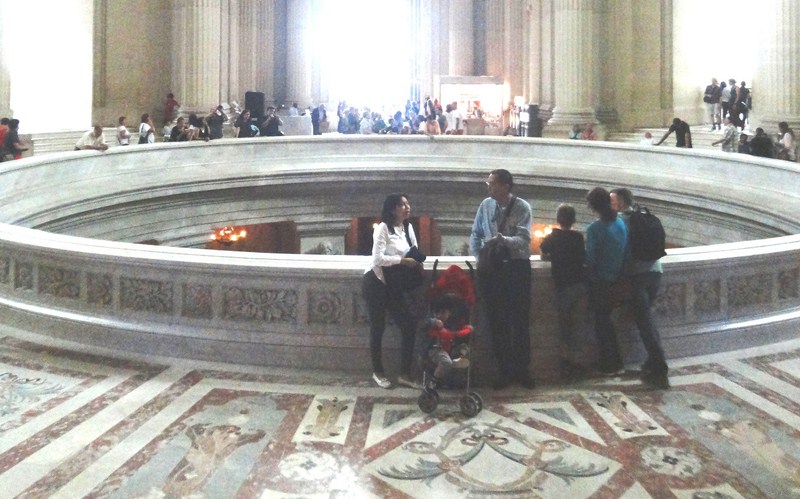
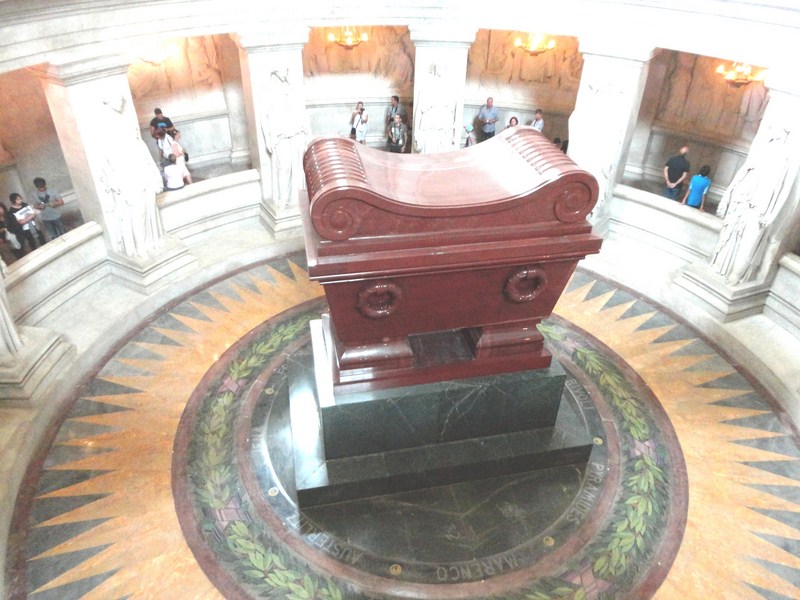
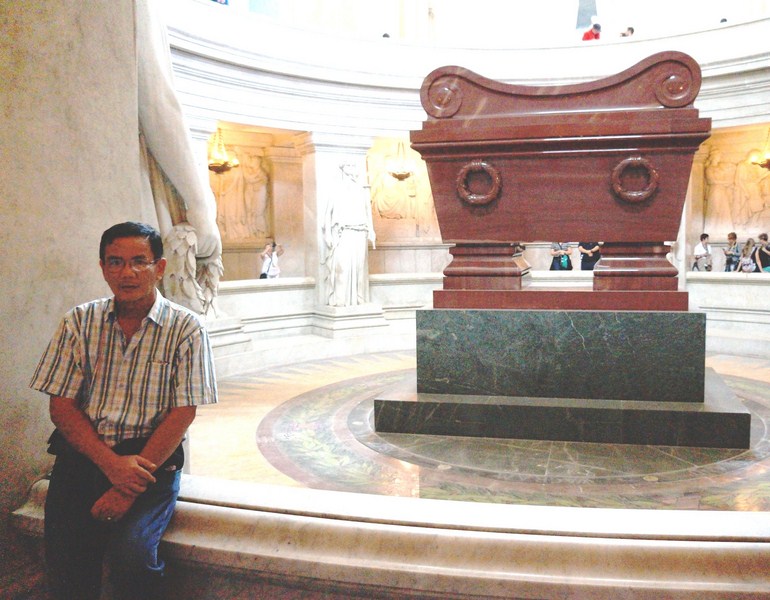
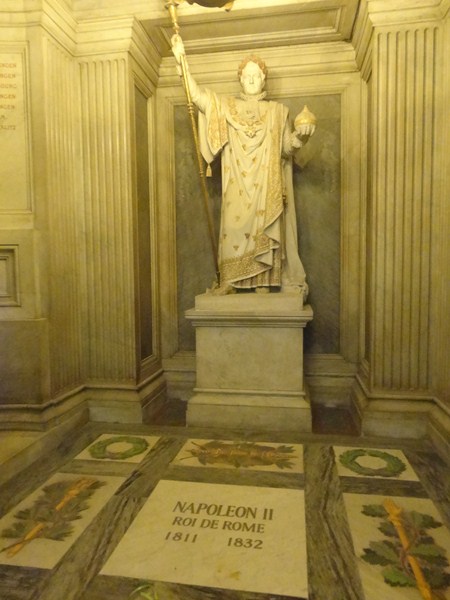
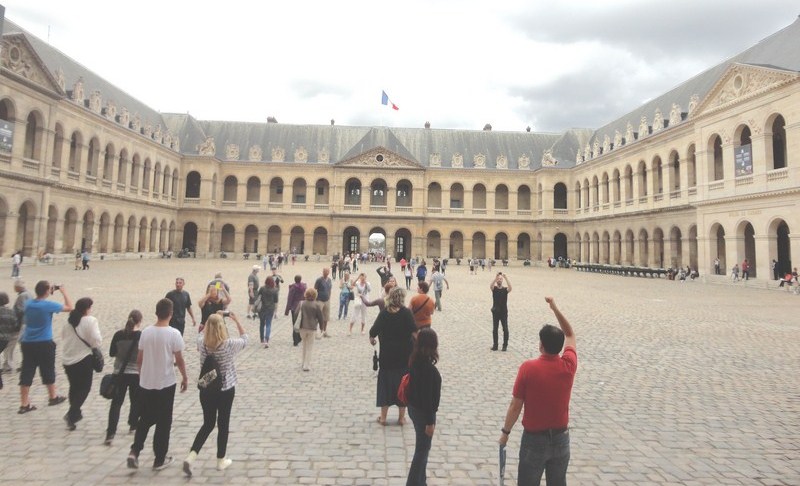
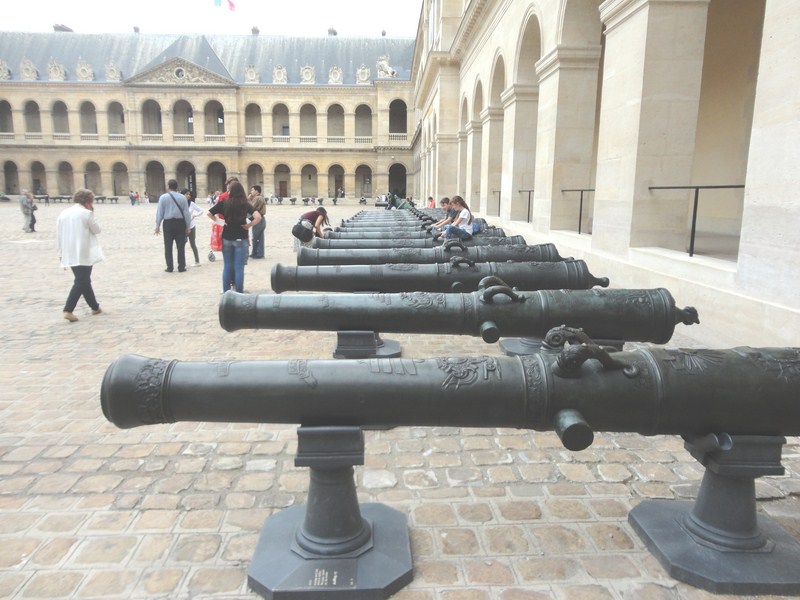
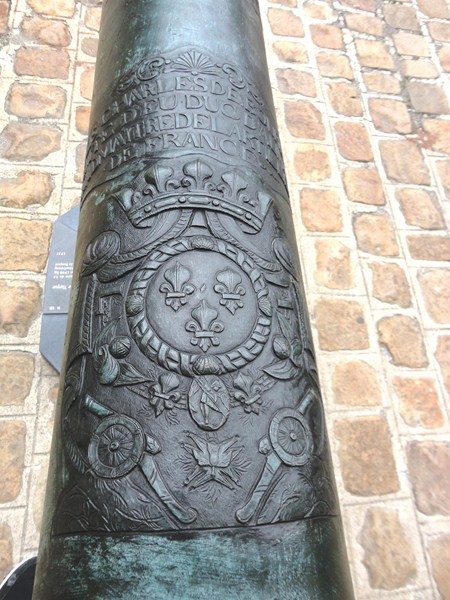
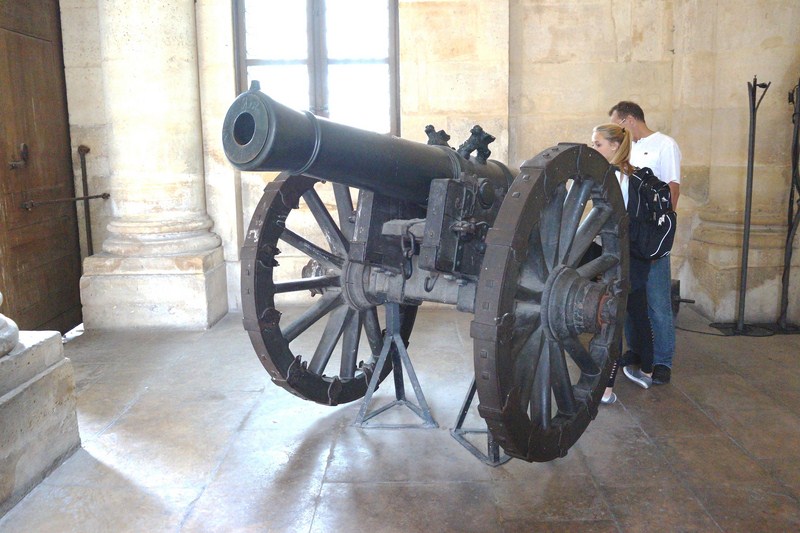
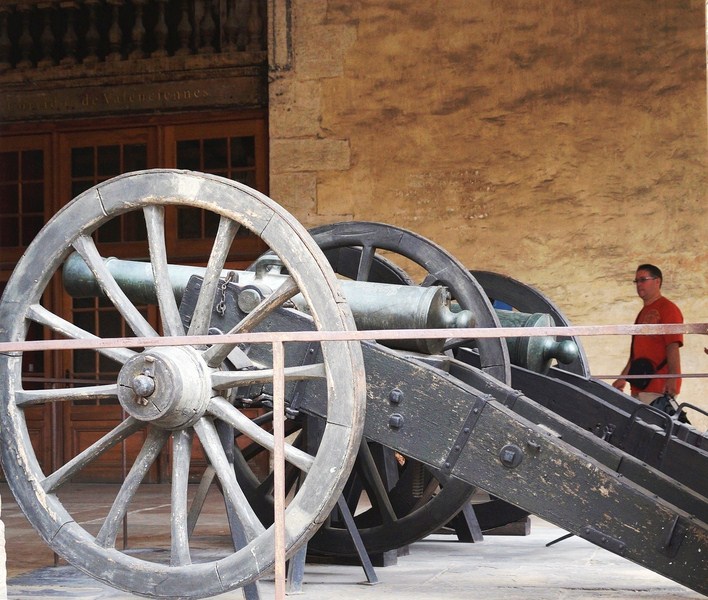
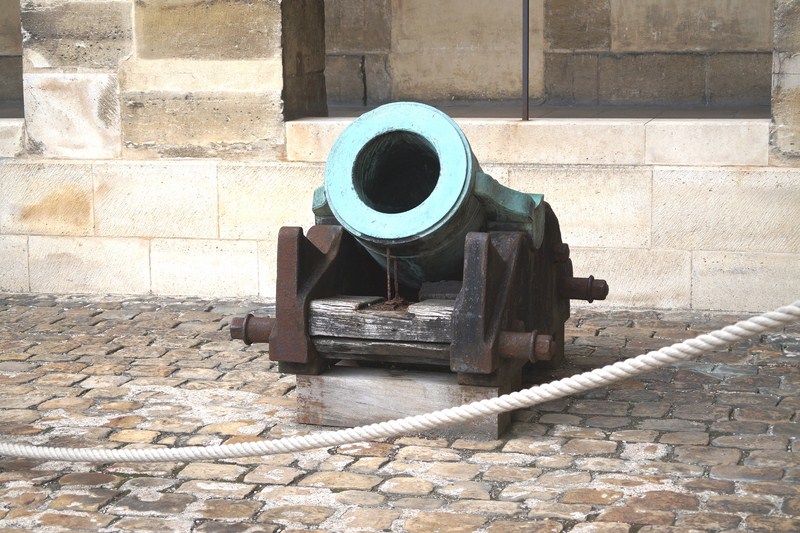
Have you ever thought about including a little bit more than just
your articles? I mean, what you say is important and all.
However think of if you added some great photos or video clips to give your posts more, “pop”!
Your content is excellent but with images and videos,
this blog could definitely be one of the best in its niche.
Wonderful blog!